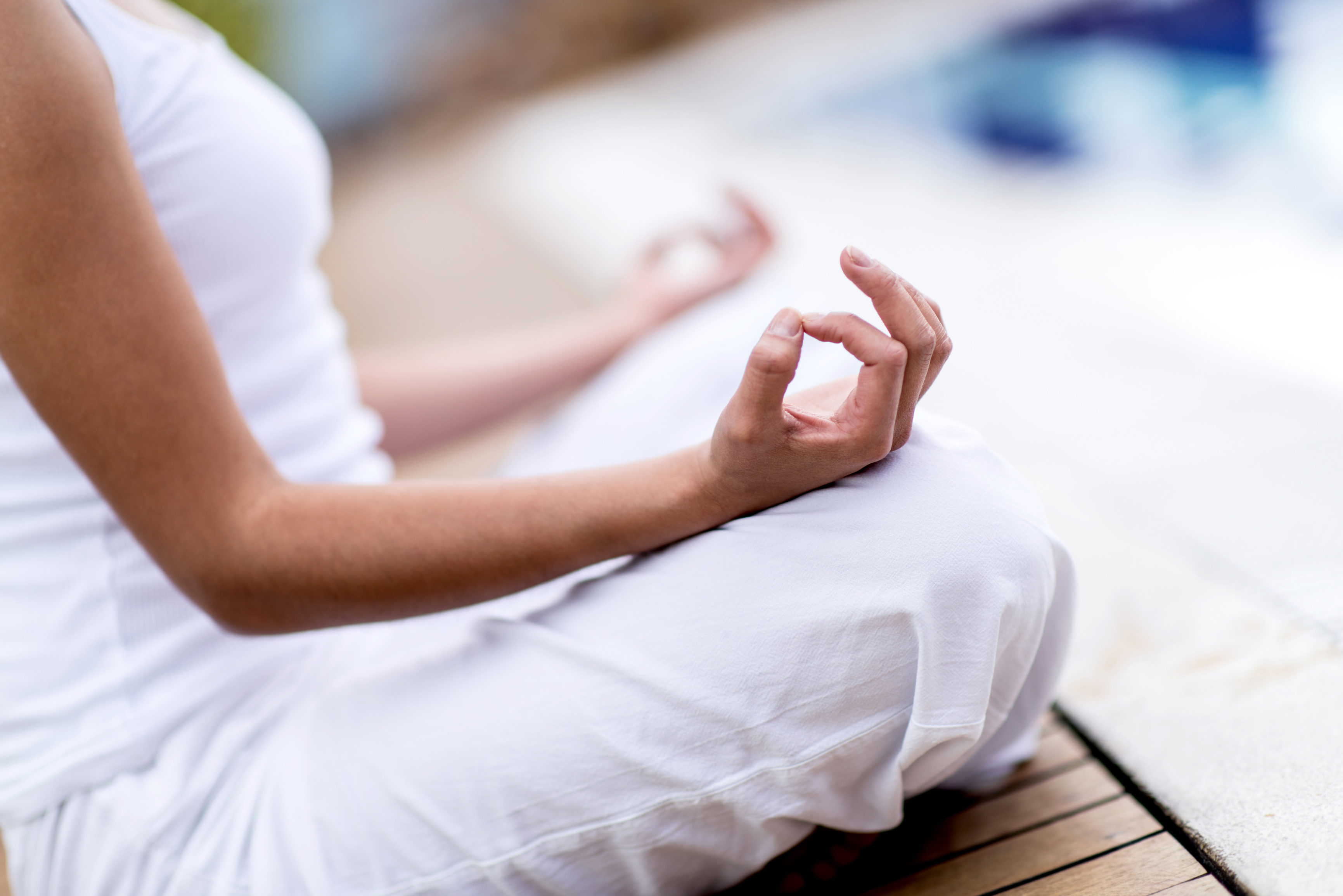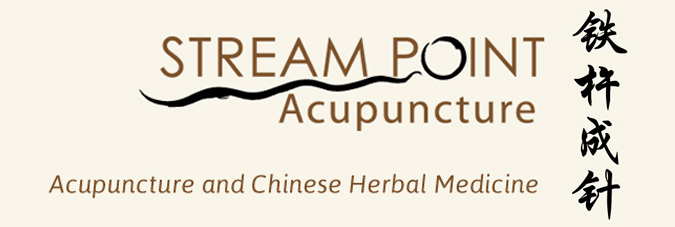 Meditation is the focus of energy and awareness in the now moment, it is a practice that helps to quiet the mind and soothe the soul. When done as a part of one’s lifestyle, meditation can help the mind and body become one with each other while expanding consciousness to experience greater levels of well-being. Many people try meditation throughout their lives, but many will get frustrated with themselves as they are unable to quiet the “monkey mind” from jumping from tree to tree (thought to thought).
Meditation is the focus of energy and awareness in the now moment, it is a practice that helps to quiet the mind and soothe the soul. When done as a part of one’s lifestyle, meditation can help the mind and body become one with each other while expanding consciousness to experience greater levels of well-being. Many people try meditation throughout their lives, but many will get frustrated with themselves as they are unable to quiet the “monkey mind” from jumping from tree to tree (thought to thought).
I’m here to tell you that meditation does not have to be a hard discipline, but it is something that will take time. It is also something that will be completely unique to you! Meditating doesn’t always have to mean sitting in the lotus position and chanting “om” to yourself – you can meditate while you go for walks or while you enjoy a meal. That’s the beauty of it.
The challenge is making it a part of your lifestyle – and forming a new habit is difficult! It does take dedication, but once you know some ways to make it more congruent to your lifestyle, it can be done! It’s a well known fact that the most difficult period of reprogramming personal habits is in the first 21 days, after that period, it becomes much easier to make a new habit a natural part of day to day life. So to get you through those first 21 days, here are some tips to help make this wonderful exercise part of your life so you can reap the immense benefits and rewards…
- Make it a formal practice by setting aside times during the day that you know you can dedicate to a meditation (even if it’s only a few minutes). I would suggest taking a few minutes every morning before getting out of bed, and again before sleep.
- Start with the breath. Breathing deep slows the heart rate, relaxes the muscles, focuses the mind and is an ideal way to begin practice. Count your breaths (Breathe in for 4, Breathe out for 7 etc). Then move on to focusing on a word like “peace” or “om” or any other word that makes you feel peaceful (this is a mantra!)
- Stretch first. Stretching loosens the muscles and tendons allowing you to sit (or lie) more comfortably. Additionally, stretching starts the process of “going inward” and brings added attention to the body.
- Be comfortable! The traditional lotus position isn’t the be-all-end-all. You can sit in a chair, lie down, even walk. Just be comfortable.
- Meditate with Purpose – meditation is an ACTIVE process. The art of focusing your attention to a single point is hard work, and you have to be purposefully engaged with the process.
- Notice when your mind wanders, or when frustration creeps up on you. It’s ok. Embrace it, and once you’ve realized you’ve wandered, gently bring yourself back to your center (breathe, a mantra, etc). Meditation is what it is – just let the experience be.
- Experiment. Beginners should be more experimental and try different types of meditation. Try sitting, lying, eyes open, eyes closed, with music, with guided imagery. Figure out what works for you!
- Feel your body parts. A great practice for beginning meditators is to take notice of the body when a meditative state starts to take hold. Once the mind quiets, put all your attention to the feet and then slowly move your way up the body (include your internal organs). This is very healthy and an indicator that you are on the right path.
- Generate moments of awareness during the day. Finding your breath and “being present” while not in formal practice is a wonderful way to evolve your meditation habits.
- Make sure you will not be disturbed. . If you have it in the back of your mind that the phone might ring, your kids might wake, or your coffee pot might whistle than you will not be able to attain a state of deep relaxation. So shut the world out, shut the phone off – it can survive without you for a few minutes
- Notice small adjustments. For beginners, the slightest physical movements can transform a meditative practice from one of frustration to one of renewal. These adjustments may be barely noticeable to an observer, but they can mean everything for your practice.
- Do it together. Meditating with a partner or loved one can have many wonderful benefits, and can improve your practice. However, it is necessary to make sure that you set agreed-upon ground rules before you begin!
- Be Grateful at the end, regardless of the experience. Gratitude generates peace and stillness.
That’s all for this week friends, so to continue with the stress-free summer, try to meditate! We’re here to help you on your journey, so don’t hesitate to ask us more about this wonderful practice.
Namaste!

